Simple Modern 12 oz. Insulated Stainless Steel Tumbler, Galaxy Pattern: Lead-free, Arsenic-free, Mercury-free & Antimony-free (in all accessible components)
Published: February 11, 2022
Scroll down to read the full XRF test results for the Simple Modern brand 12 oz. insulated Stainless Steel tumbler with a galaxy pattern — pictured above.
For those new here at LeadSafeMama.com:
- To learn more about the testing methodology employed for the test results we report on this website, click here.
- For a quick menu to explore more categories of all items tested for this website, click here.
- For a quick video tutorial showing you how to most efficiently use this website (including all the ways to find Lead-free consumer goods), click here.
- To learn more about hiring Tamara for a one-on-one home consultation or a small community event, click here.
- To find out how to send a single item in for testing, click here.
- Please follow us on Instagram, Facebook, and Twitter!
- Please also subscribe to the Lead Safe Mama, LLC e-mail newsletter to be among the first to see any and all newly-published test results here on the website!
- To check out our new(ish) site with only Lead-free things available for sale, click here!
Simple Modern 12 oz. Insulated Stainless Steel Tumbler, Galaxy Pattern
Note: While no Lead was found in this product using non-destructive testing methodologies, it is still possible there may be Lead under the bottom seal of the cup, as Lead is often used to create the vacuum seal in insulated stainless steel water bottles and tumblers. You can read more about that here.
In some other insulated stainless beverage containers like this, the bottom cap can have a tendency to come loose and fall off with normal use. I am not familiar with this brand at all, and so have not heard of any reports of the bottom seals coming off this brand’s products (my guess is that it may not even be possible for the seal to fall off of the bottom with the particular construction of this cup, but I would have to take one apart to better understand the construction/ make this determination).
If you do have a cup by this brand/ with similar construction, and if the bottom cap or seal were to come off — exposing the sealing dot for the vacuum seal — I would advise checking to see if it might be Lead (in that event, you could compare it to the photos of Leaded sealing dots shown in the link above and/or use a LeadCheck swab to test it). At that point I would suggest either asking for a refund/replacement product or simply discard the item.
As far as toxicant considerations go:
- (Trace) Cadmium was found in the black silicone seal of the lid.
- Separately, as a rule, I also do not recommend using stainless steel for drinking hot beverages (especially hot acidic beverages, like coffee and tea). You can read more about that at this link. (I personally travel with a real glass mug or a [hot beverage-rated] paper cup for my coffee/ tea, depending on the situation.)
Reading #1) Outside of mug
30-Second Test
- Lead (Pb): non-detect
- Cadmium (Cd): non-detect
- Mercury (Hg): non-detect
- Bromine (Br): non-detect
- Chromium (Cr): 182,700 +/- 900 ppm
- Manganese (Mn): 13,200 +/- 600 ppm
- Iron (Fe): 635,900 +/- 1,400 ppm
- Cobalt (Co): 4,330 +/- 619 ppm
- Nickel (Ni): 66,700 +/- 700 ppm
- Copper (Cu): 2,475 +/- 161 ppm
- Zinc (Zn): 84 +/- 35 ppm
- Titanium (Ti): 92,600 +/- 900 ppm
- Molybdenum (Mo): 1,833 +/- 65 ppm
- Tin (Sn): 59 +/- 16 ppm
- No other metals were detected in consumer goods mode.
Reading #2) Bottom of mug
30-Second Test
- Lead (Pb): non-detect
- Cadmium (Cd): non-detect
- Mercury (Hg): non-detect
- Bromine (Br): 15 +/- 7 ppm
- Chromium (Cr): 165,400 +/- 1,000 ppm
- Manganese (Mn): 14,600 +/- 700 ppm
- Iron (Fe): 568,300 +/- 1,600 ppm
- Cobalt (Co): 7,325 +/- 685 ppm
- Nickel (Ni): 56,400 +/- 700 ppm
- Copper (Cu): 2,207 +/- 167 ppm
- Titanium (Ti): 183,700 +/- 1,200 ppm
- Zirconium (Zr): 374 +/- 23 ppm
- Molybdenum (Mo): 1,500 +/- 68 ppm
- Tin (Sn): 34 +/- 18 ppm
- No other metals were detected in consumer goods mode.
Reading #3) Black plastic on top of cap
30-Second Test
- Lead (Pb): non-detect
- Cadmium (Cd): non-detect
- Mercury (Hg): non-detect
- Bromine (Br): non-detect
- Chromium (Cr): 30 +/- 18 ppm
- Iron (Fe): 50 +/- 8 ppm
- Nickel (Ni): 10 +/- 4 ppm
- Zinc (Zn): 124 +/- 4 ppm
- Barium (Ba): 162 +/- 39 ppm
- No other metals were detected in consumer goods mode.
Reading #4) Black plastic bottom of the cap
30-Second Test
- Lead (Pb): non-detect
- Cadmium (Cd): non-detect
- Mercury (Hg): non-detect
- Bromine (Br): non-detect
- Chromium (Cr): 61 +/- 25 ppm
- Iron (Fe): 23 +/- 10 ppm
- Zinc (Zn): 10 +/- 3 ppm
- Barium (Ba): 171 +/- 51 ppm
- No other metals were detected in consumer goods mode.
Reading #5) Black silicone of cap
30-Second Test
- Lead (Pb): non-detect
- Cadmium (Cd): 9 +/- 3 ppm
- Mercury (Hg): non-detect
- Bromine (Br): non-detect
- Chromium (Cr): non-detect
- Zinc (Zn): 717 +/- 31 ppm
- Niobium (Nb): 143 +/- 14 ppm
- Indium (In): 10 +/- 4 ppm
- Tin (Sn): 10 +/- 5 ppm
- No other metals were detected in consumer goods mode.
Reading #6) Interior stainless — 423
30-Second Test
- Lead (Pb): non-detect
- Cadmium (Cd): non-detect
- Mercury (Hg): non-detect
- Bromine (Br): non-detect
- Chromium (Cr): 149,100 +/- 3,800 ppm
- Manganese (Mn): 9,283 +/- 1,656 ppm
- Iron (Fe): 499,000 +/- 44,000 ppm
- Cobalt (Co): 4,569 +/- 1,661 ppm
- Nickel (Ni): 53,200 +/- 7,000 ppm
- Molybdenum (Mo): 1,276 +/- 268 ppm
- No other metals were detected in consumer goods mode.
For those new to this website:
Tamara Rubin is a multiple-federal-award-winning independent advocate for childhood Lead poisoning prevention and consumer goods safety, and a documentary filmmaker. She is also a mother of Lead-poisoned children (two of her sons were acutely Lead-poisoned in 2005). Since 2009, Tamara has been using XRF technology (a scientific method used by the U.S. Consumer Product Safety Commission) to test consumer goods for toxicants (specifically heavy metals — including Lead, Cadmium, Mercury, Antimony, and Arsenic). All test results reported on this website are science-based, accurate, and replicable. Items are tested multiple times to confirm the test results for each component tested. Tamara’s work was featured in Consumer Reports Magazine in February 2023 (March 2023 print edition).
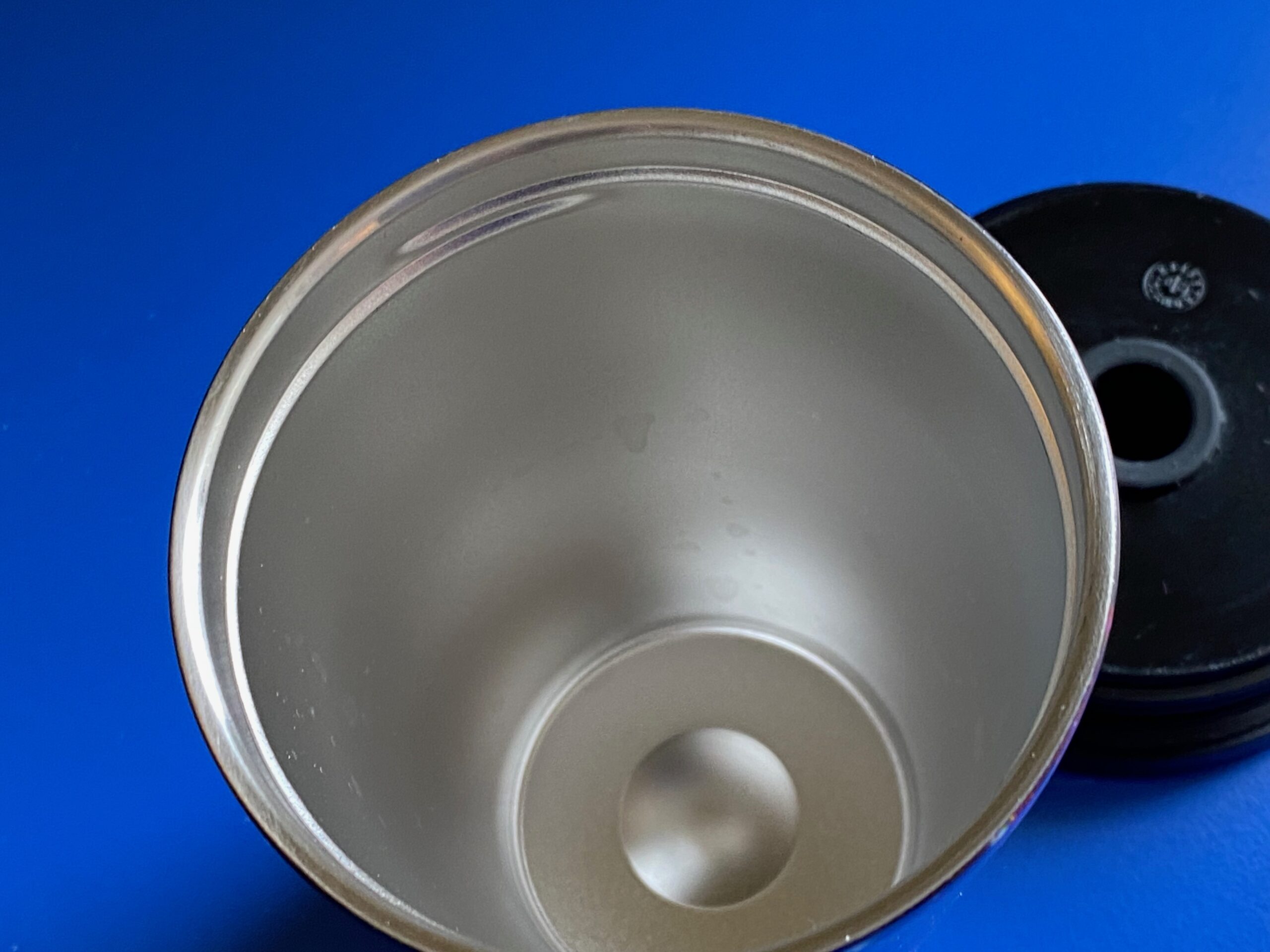
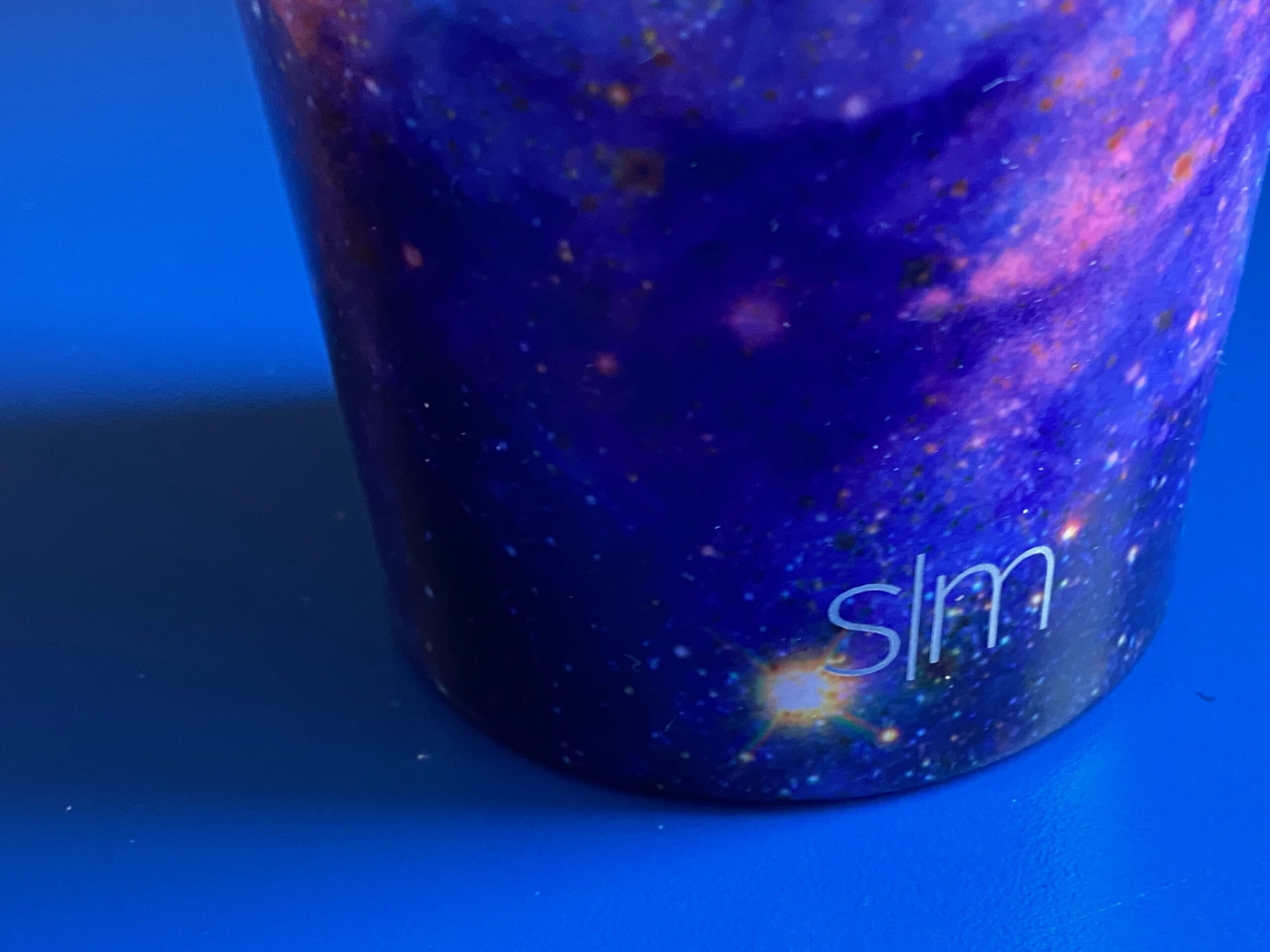
Never Miss an Important Article Again!
Join our Email List








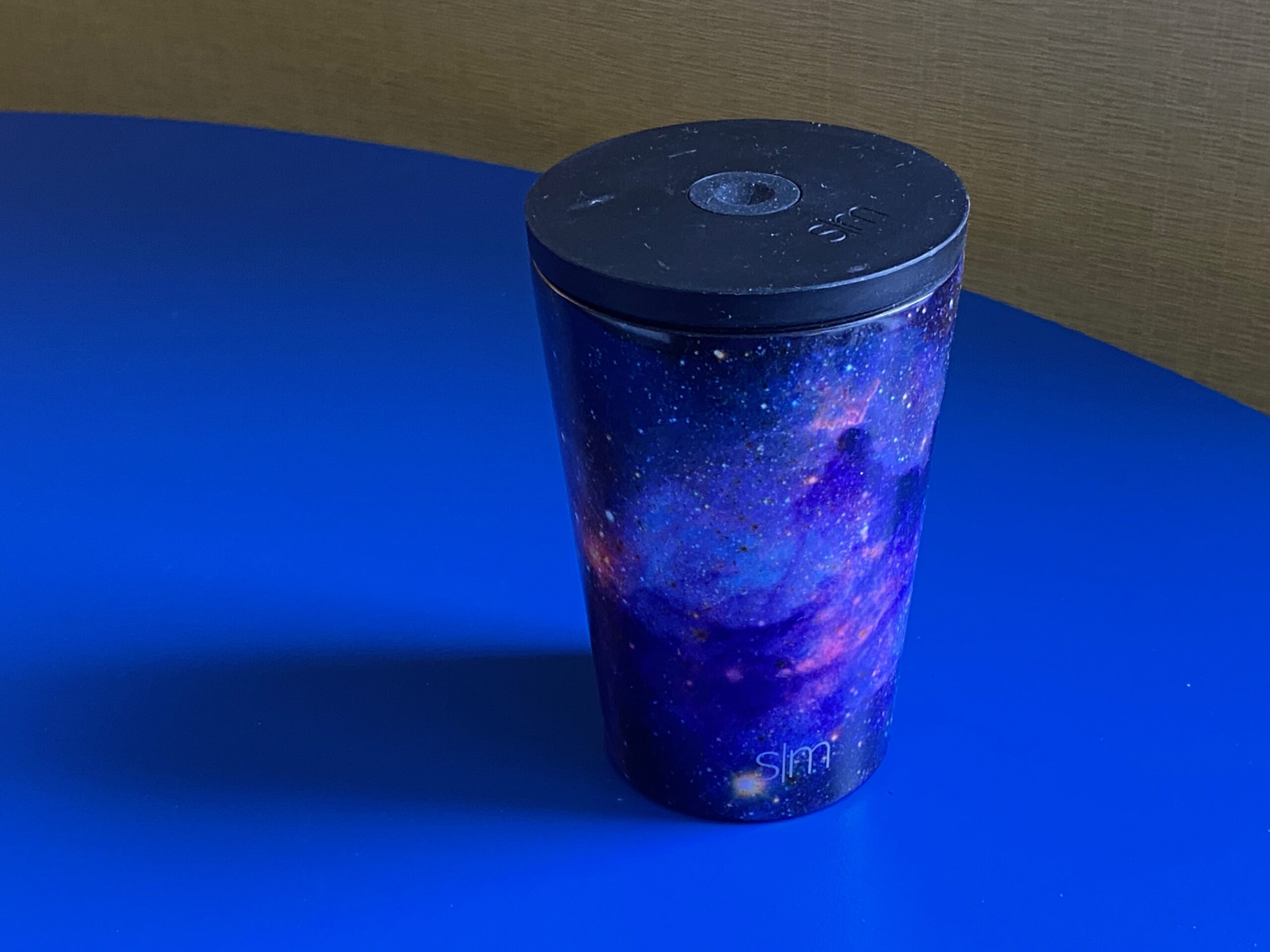
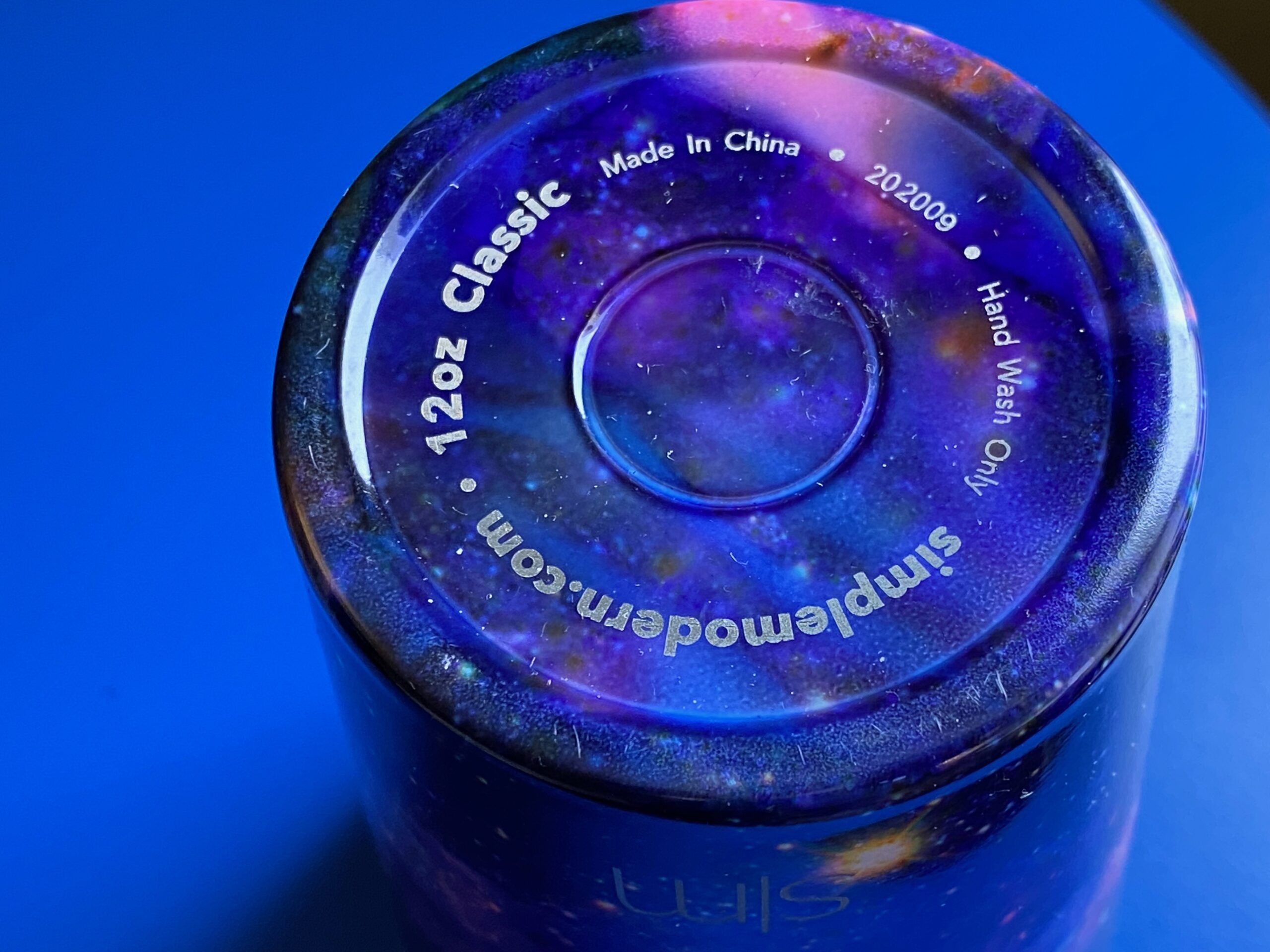
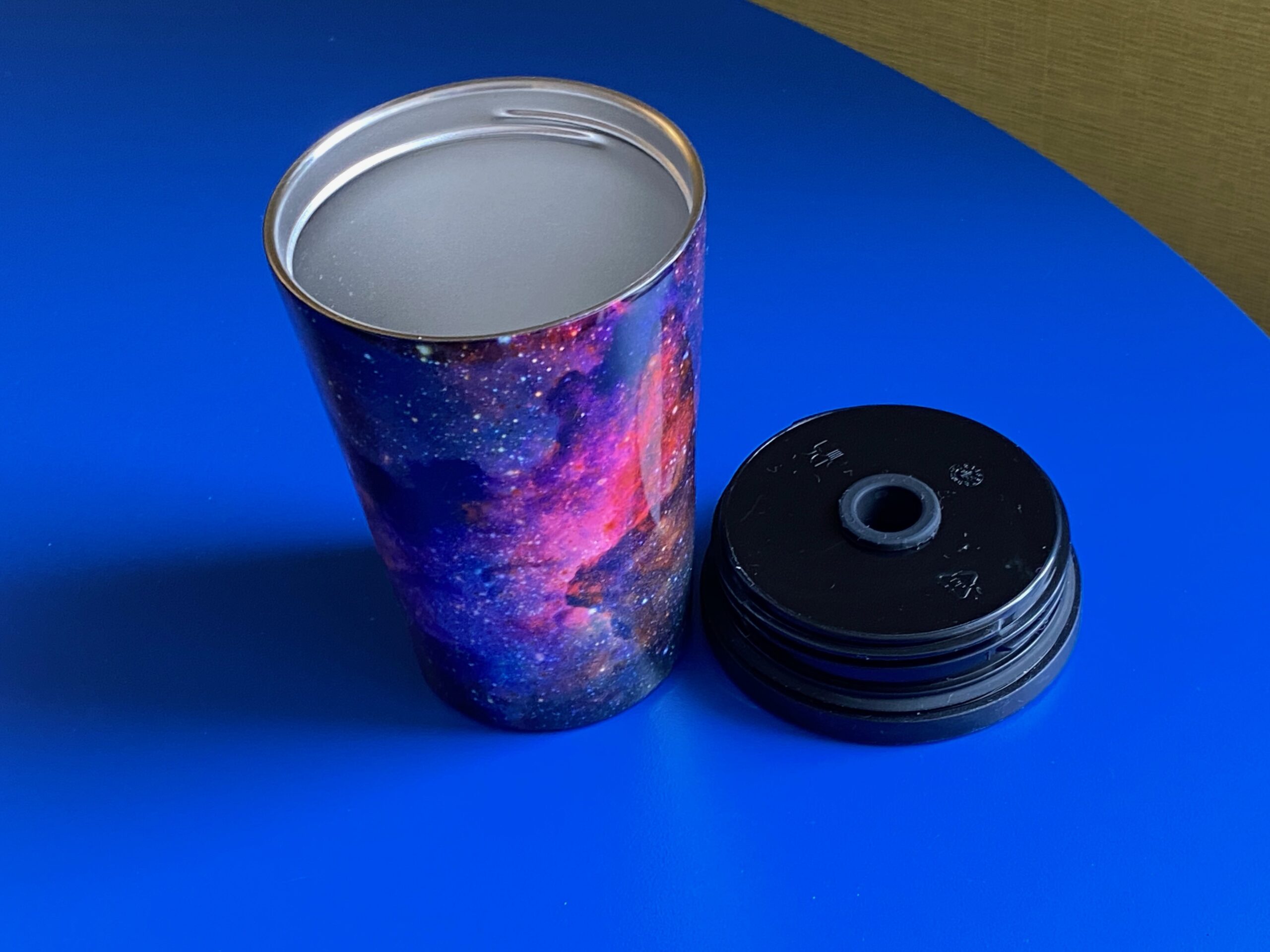
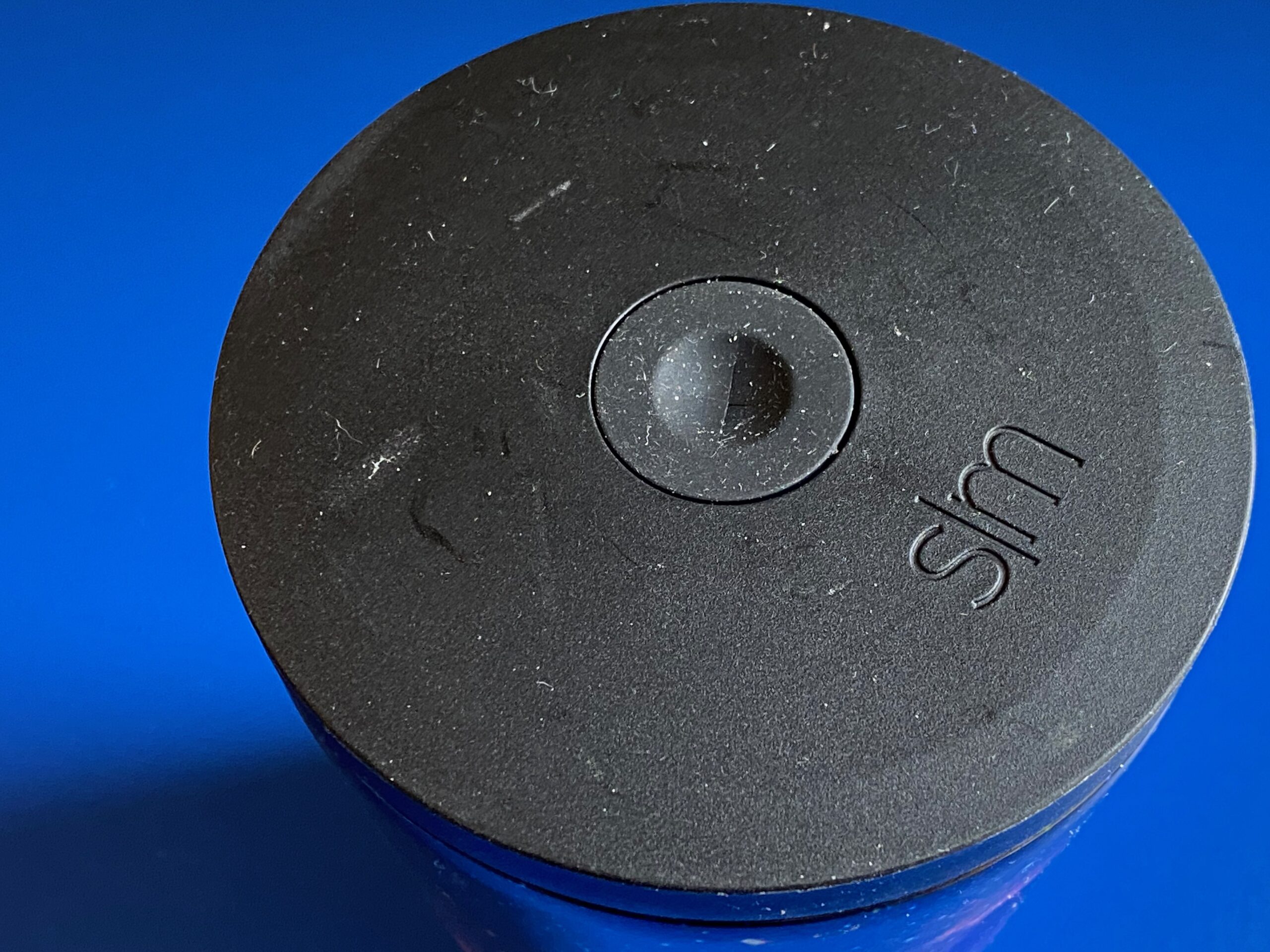

Are all in this brand lead free or just this one? I was looking at this Simple Modern 50 oz Mug Tumbler with Handle and Straw Lid | Reusable Insulated Stainless Steel Large Travel Jug Water Bottle | Valentines Gifts For Him & Her | Trek Collection | 50oz | Deep Ocean https://a.co/d/eixTAaL
This is the only one I have tested.
How are you testing for the cadmium? Would you use this cup since it tested in red for cadmium? Definitely not done thing we want in our bodies.
The Trek versions of cups are becoming hugely popular, like the Stanleys. Would there be a way to test those?
Also, it seems that a lot of the silicone seals are showing cadmium. Would that be a problem with silicone straws, too?
I have the 24 oz version of the classic tumbler and I have considered upgrading to the 40 oz. I have dropped the cup a few times so there are dents on the bottom. The cap over the plug on the bottom has not fallen off yet. I have had this cup since 2019. I like that they are spill resistant with water only coming out of the straw.
If the paint was scratched on the bottom would that expose the lead dot, or is there a stainless steel cap over the lead dot and then the paint/powder coating exterior on top of the cap?
There is a stainless steel circular disk on most of these. It appears to be glued on.
Would you say that the cup is a safe option to use?
Will you be testing other Simple Modern water bottles? We have a few of their insulated water bottles, and I noticed that what seems like a stainless steel disc covering the bottom of the bottle, I suspect covering the sealing disc. I also wonder about chipped paint on any water bottles. Have you tested any of the water bottles from any brand to see if their paints have lead when chipped?